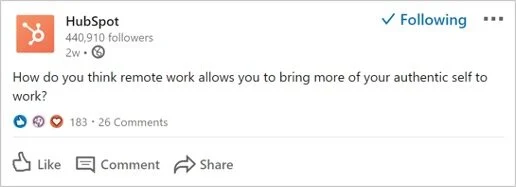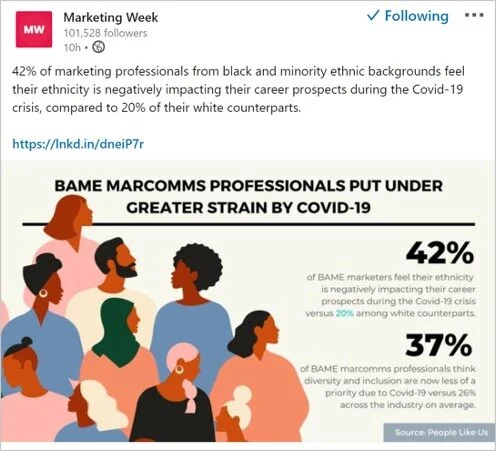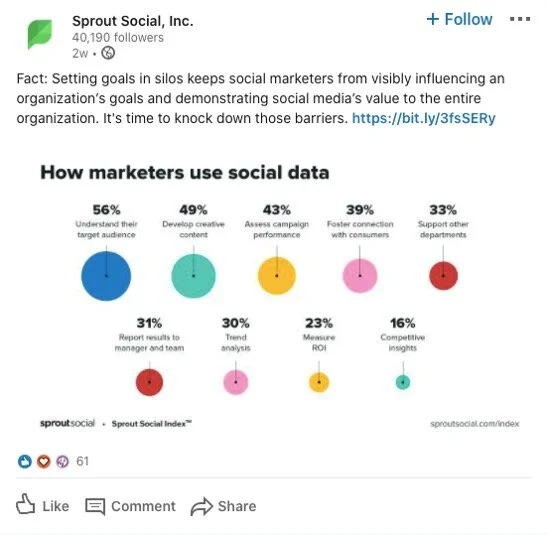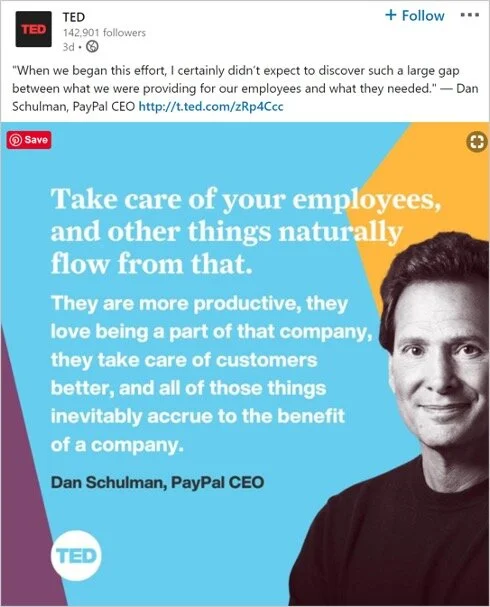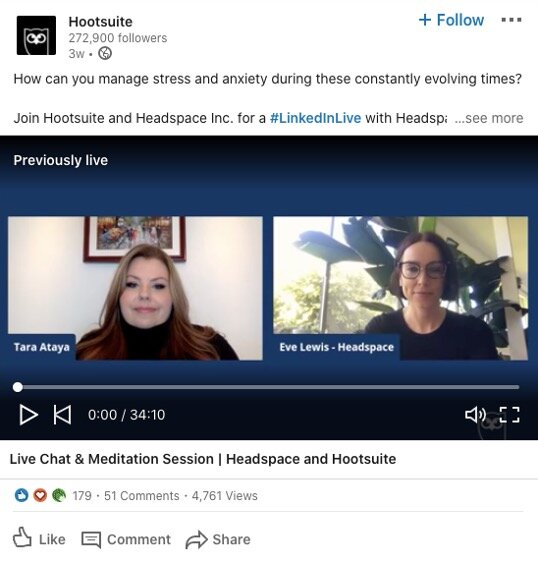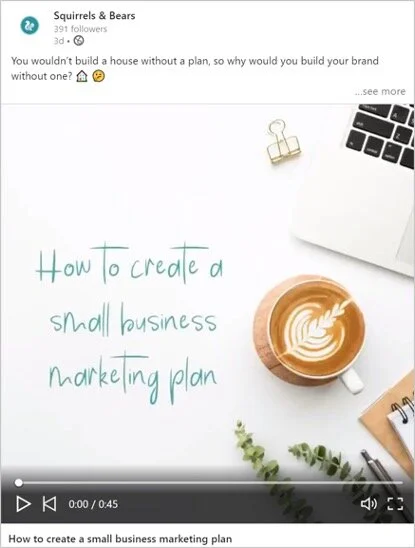How the LinkedIn algorithm works
LinkedIn is one of the most effective platforms that can help you to target and reach a specific audience and grow your business. Whilst some people see LinkedIn as a purely job search focused social network, it can also be a powerful professional networking and advertising tool. If your target audience is specific, LinkedIn allows you to segment them on a wide range of demographic criteria, meaning that it is the perfect place to gain access to people with the job titles, industries, skills or business-related profile traits that you are looking for. LinkedIn certainly is the best online place to engage with career-minded individuals, as most users are business or career focused, however when connecting with others, it’s essential to provide value and build relationships, rather than try to sell your products and services.
Once you are connected to someone on LinkedIn, you have access to their email address and any information available on their profile. But to stay on top of their mind, it is important to engage with relevant content and updates. Whether you generate your own content or not, sharing valuable content regularly will remind people of your expertise, skills and experience. One of the most significant differences between LinkedIn and other social networks is that any social interaction - a like, a comment or a share, gets your content seen by a portion of that person’s network. If you are sharing something that others find compelling enough to interact with it, your content can reach your network’s network, and then that network’s network, and so on. This means that it is easier to go viral on LinkedIn than on any other business platform, but to make the most out of the platform, it’s essential to understand the key elements of the LinkedIn algorithm and how it impacts your posts visibility:
What impacts the LinkedIn algorithm?
1. Your network
Whilst having a large network is great, it is more beneficial to have a smaller number of people you know. If you have a large audience and no one engages with your posts, LinkedIn sees that as less relevant and shows it to less people. Same as with the other social platforms, LinkedIn looks at who you have interacted with recently through comments likes and shares, and it gives personal connections more weight
2. Your content
The LinkedIn algorithm looks at two key criteria – how relevant the content is and how strong is the engagement. When you post on LinkedIn, your post gets classified as either high quality, low quality, or spam. To avoid being classified as spam you should avoid tagging too many people, using the hashtags #like or #follow, using bad grammar, including multiple links or posting more frequently than every three hours. To have your updates classified as high quality, only tag people if you know they are likely to respond, format your post, so that it is easy to read, go niche and post in a way that encourages a response.
3. Your hashtags
To make it easy for your posts to be found, LinkedIn uses hashtags. These are essentially keywords that people would use to search for content on relevant topics and they can be very effective when it comes to increasing your posts visibility. For best results, use around 3 hashtags – one should be broad, the next one more niche and the last one very niche. (For example #marketing #socialmediamarketing #b2bsocialmediamarketing )
4. The timing
The first hour after posting your content is the most important. If you haven’t received any interaction during that time, it’s not likely to perform well. To spark engagement, ask questions and interact with others in the first hour of your post being published. Responding to engagements quickly is very important as it will affect your posts’ visibility and keep it in the feed for longer.
5. The engagement levels
LinkedIn will rank a post against whether you are likely to engage with it based on the posts you have interacted with in the past. It goes back to the golden hour - the sooner it is interacted with, the more likely it will be included in more feeds. LinkedIn also takes into consideration the hashtags, people and pages you follow, so if you are connected with someone, but have different interests your feeds won’t look the same.
What does the LinkedIn algorithm reward?
1. Question based posts
2. Industry happenings and breaking news (think of today’s news and views feed on side of home)
3. Image based posts
4. Employee-centric content/Employee advocacy
5. Event coverage
6. Video content
7. Awards
8. Bite-sized advice
LinkedIn is a great platform for B2B targeting, connecting with peers and searching for jobs, and your level of access to the network and visibility of your activities is only limited by your ability to connect and make your posts seen. Sharing content on your feed that offers value can be a very effective step in starting conversations – even simple updates can help you stay on people’s minds, but they need to be able to see them first.


